Planting onions before winter
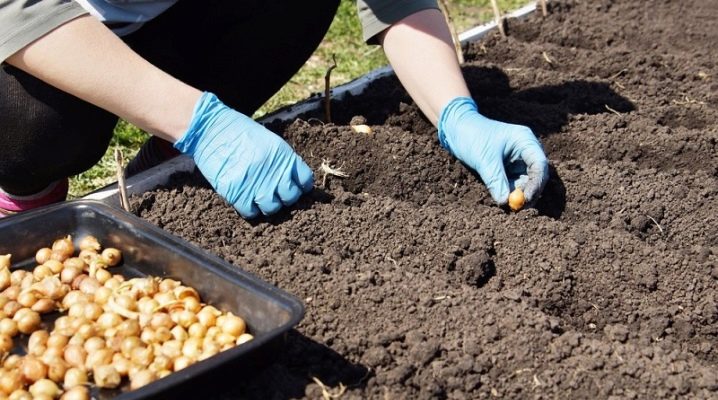
Onions are one of the most popular crops that many summer residents grow in their gardens. This plant can be planted at different times. In the article we will find out how to properly plant onions before winter.
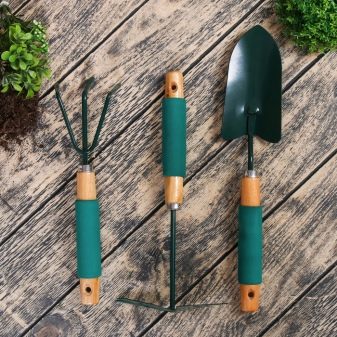
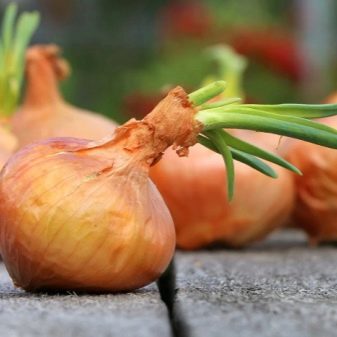
Advantages and disadvantages
Most gardeners plant various vegetables in the spring season. Not everyone knows that such operations can be carried out not only in spring, but also before winter. Thus, it is allowed to plant not only garlic, but also onions. The autumn growing technique has its own advantages and disadvantages, which the summer resident should know about in advance.
First, we find out what the main advantages are hidden in planting onions before winter.
- In the autumn, gardeners are no longer as busy as, for example, in the spring. It is with the arrival of warm weather that the main planting of various crops begins, which are not allowed to be planted during the winter season. Growing a subwinter species can significantly save your free time.
- Onions that were planted in the fall season are capable of sprouting about 20-30 days earlier than spring plantings. The crop can be harvested in mid-July, and other desired crops can be grown on the vacated beds, which will be able to bear fruit in the remaining warm time. For example, you can plant radishes and any kind of fresh herbs.
- As a rule, it is a small sevok that is planted before winter. Unlike large-sized bulbs, it will not produce shooters capable of drawing out all the juices they need from the plants.
- The crop yield increases markedly when planted before winter. This is due to the fact that the plant will undergo natural selection in the cold.
- Onion crops planted before winter begin their germination much earlier. During the period under review, the weed grows very sluggishly, which is why there is simply no need for summer residents to do frequent weeding.
- Just in the fall, the lion's share of annoying and harmful insects already perishes, stops their development, preparing for frosty weather conditions.
The causative agents of serious diseases such as powdery mildew or gray rot are spread in very small quantities.
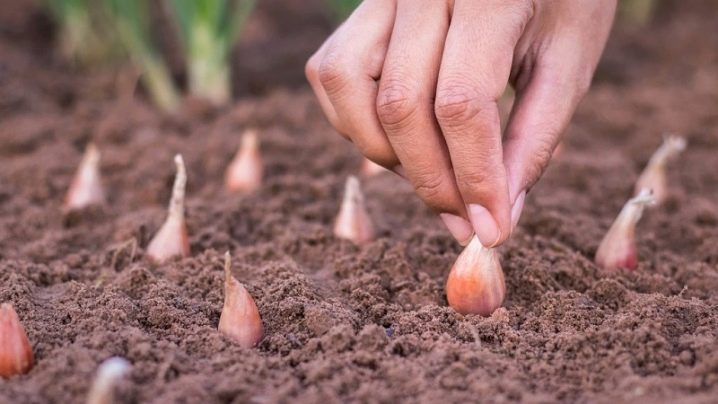
Considering all the listed advantages, we can conclude that planting onions before winter is a very good and practical solution. However, certain disadvantages of such agricultural technology are also inherent. Let's get acquainted with the most significant of them.
- If you choose to plant a crop before winter, then the exact timing of planting cannot be calculated. This is due to the fact that the weather conditions, against which the plants develop, have a very great influence. If you make some mistakes over time, you can face a significant reduction in yield.
- Winter sowing does not fully emerge in all cases, since a certain proportion of the bulbs may freeze. For this reason, planting rates have to be increased by about 10-15%.
- The beds that were planted in the autumn must be carefully insulated before wintering.
- Onions should be stored only in a suspended state, since the indicators of its keeping quality are much weaker than in the case of spring plants.
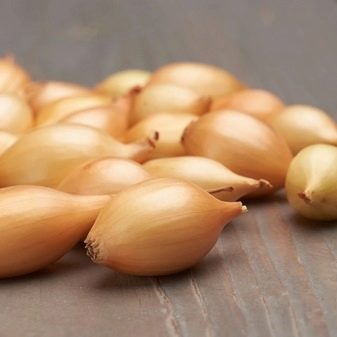
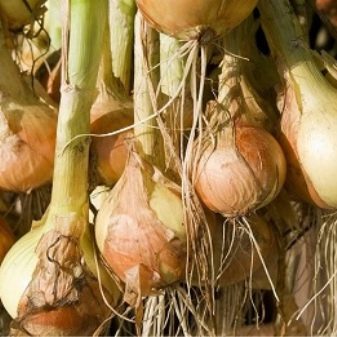
Variety selection
In order for planting vegetables before winter to bring the desired results, it is necessary to choose the right varieties correctly. Consider what varietal onion variations are best suited for such agricultural technology.
- "Arzamassky". Such a bow is characterized by a rounded shape, medium-sized, and early ripening. The variety can be stored very well.
- "Bessonovsky". The heads of this vegetable are small in size, characterized by a round structure and a flattened shape.
- Danilovsky. The vegetable of this variety is flat, small in size, with a characteristic dark blue tint and white flesh. The culture is designed for long-term storage.
- Shallot. A small bow with an oblong structure. It is multi-lobular, characterized by excellent keeping quality.
- Carmen. A well-known variety, produces excellent medium-sized fruits with a red-purple color.
- "Myachkovsky-300". This variety belongs to the category of early ripening, suitable for winter cultivation. The bulbs are not too large, but juicy. Unfortunately, the vegetable in question is not designed for long-term storage.
- "Radar". The bulbs of this variety are very large in size. Vegetables can be stored for a long time without any problems.
- Red Baron. One of the varieties of red, is mid-season. The variety in question is adapted for long-term storage in the dungeons of the cellar.
- Senshui. Bulbs of this variety ripen large. The heads are early maturing, can remain in the basement for storage for a long time.
- Strigunovsky. The bulbs ripen very spicy but are small in size. "Strigunovsky" onions are perfect for long-term storage in suitable comfortable conditions.
- "Chalcedony". The plant, with its large heads, exhibits a characteristic bronze-colored rind. The vegetable is frost-hardy, not afraid of drought and is not susceptible to various diseases.
- "Centurion". Another medium-sized onion variety that usually ripens early, and then can be kept in good condition for a long time.
- "Shakespeare". A plant that ripens as early as possible. It is large in size. The fruits of the variety have a rounded structure.
- "Stuttgarter Riesen". The heads of the indicated onion variety grow round and flattened. The keeping quality of the fruit is very good and long lasting.
- Ellan. The fruits of this onion are distinguished by a high level of density and are of medium size. The shelf life of plants can be quite long.
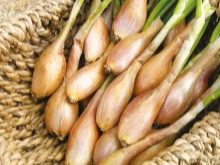
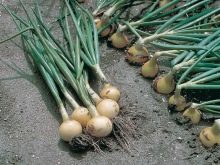
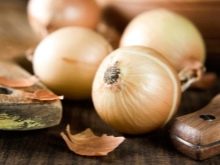
Timing
Planting onions must be carried out before the arrival of severe cold weather and frost, so that the soil does not have time to cool down too much. The optimal time for the middle lane is October. If early planting is carried out (September), then the heads may begin to germinate, after which they will simply freeze. Late plantings, for example, in the last days of November, will not allow the plants to root properly. Because of this, the bow will simply die.
To determine the exact date of planting a crop, it is necessary to monitor temperature conditions. If during the whole week the indicator of +5 degrees Celsius remains on the street, but the weather forecast speaks of a drop in temperature, then this is the best time for planting. The rooting of the culture will take place in about a couple of weeks.

Taking into account the region
The timing of planting onions before winter can be determined, taking into account the region in which the plant will develop. In different regions of the Russian Federation, climatic conditions vary greatly, therefore the optimal planting time is different. For example, in the Urals, the winter seasons are quite cold, so for planting here it is advisable to choose the most frost-resistant varieties. Planting planting material is best done in the last days of September - early October.
As for the South Urals, the weather here is very changeable. So, in October heavy snowfalls can begin, so there is no need to waste time.In Siberia, there are severe frosts, so it is very important not only to choose the most frost-resistant variety, but also to ideally calculate the time when to sow it. In addition, the beds will need to be properly insulated. You can start planting a vegetable in mid-September.
Since in the middle lane, the Black Earth Region and the Moscow Region winters are often practically snowless and mild, it is recommended to plant the vegetable between October 10-20. Calculations should be made so that about a month remains before the onset of cold conditions. In the Leningrad Region, it is best to implement competent sub-winter sowing of onions from the first days of October until November 10. There should be about 30 days before the onset of frost.
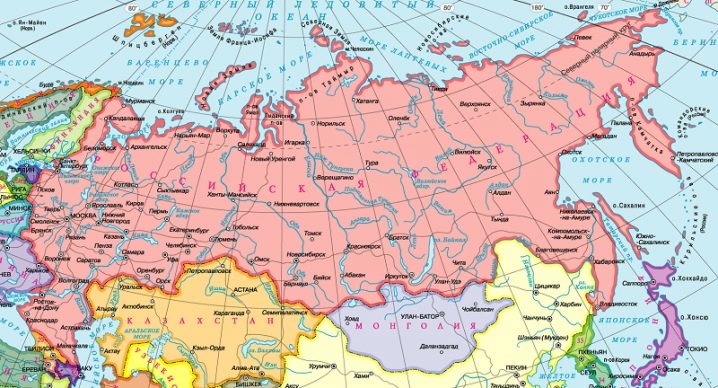
Lunar calendar
Even in antiquity, it was noticed that the lunar phases have a direct effect on the growth of plants. It is believed that fruit-bearing vegetable crops are best grown against the backdrop of the waning moon. If the crop touches the upper fruits, then the opposite should be done. When planting onions before winter, you need to rely on the same rules. If the plant is planted on greenery, then the moon should be in the increasing phase, but if the culture is grown for the turnip, then in the decreasing phase.
Preparation
Podzimny sowing of onions must be done with preliminary preparation. It is important to prepare the place, the soil, and the planting material itself. Let's find out how to do it correctly.
A place
Before planting a crop, it is important to properly prepare the site. It should be noted that the onion is a light-loving vegetable, so the area for its placement should be well lit. It is desirable that the soil in this place be loose. The optimum acidity index is 6.0 pH. If necessary, the soil is disinfected with a Bordeaux mixture, or with a solution based on copper sulfate.
To increase the germination and vitality of plants, the soil should be properly fertilized. For 1 sq. m, the action of such compositions is enough:
- 4 kg of peat;
- 2-3 kg of manure for sandy soil and 7-8 kg for clay;
- 20-25 kg superphosphate;
- ash.
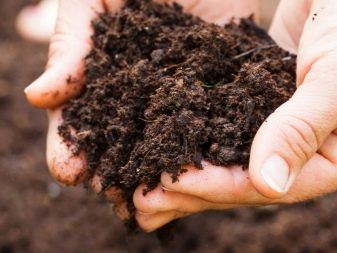
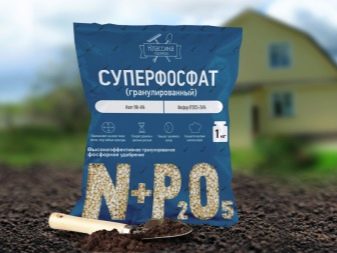
Priming
The bed must be prepared in advance. For this, the soil is dug up, allowed to settle and compact to normal levels. To prevent the onion from freezing, the height of the beds should be from 18 to 20 cm. Planting a crop before winter will require compliance with crop rotation standards. It is allowed to plant a plant only after those crops that previously enriched the soil layer with many useful substances. We are talking about beans, peas, rapeseed, grain crops. A very good reaction can be observed after cabbage, cucumbers, tomatoes and corn.
Planting onions in areas where celery, parsley or radish have previously grown is strongly discouraged.
Planting material
Before planting onions before winter, it is necessary to properly prepare the planting material. Mandatory calibration of heads for wild oat, as well as sets of 1 and 2 categories is required. Need a sample. The summer resident is required with the utmost care to select healthy, not germinated and undamaged specimens.
In order for the culture to bring a rich and healthy harvest, some gardeners are advised to pre-soak the onion set. This is done for a number of reasons:
- for the fastest possible rooting of planting material;
- against the background of dry soil;
- for the purpose of disinfecting the bulbs from various diseases.
It is important to remember that there is no need to cut the tops when preparing the seed. Because of this, foliage can begin to grow especially actively.
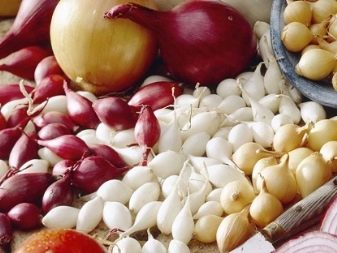
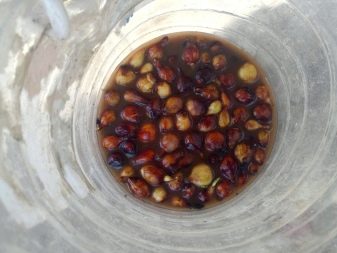
Landing technology
When the area for winter planting is fully prepared, you can proceed to the main procedures.
- At the first stage, the selected area must be carefully dug up. Before planting the seed, it can also be sprinkled with ash or dolomite flour.
- It is necessary to ensure that the earth layer goes down. After that, it is carefully leveled with a rake.
- Next, you need to make grooves of small depth - 6-7 cm is enough.Between them, intervals of 20 to 25 cm should be maintained.
- After that, the onion neck must be lowered into the ground by about 1.5-2 cm.A gap of 7-10 cm should be maintained between the holes.
- The planted culture will need to be sprinkled with earth on top, and then trampled down a little.
- If there has been no rain for a week, and the soil has dried up, it will be necessary to water the beds a little.
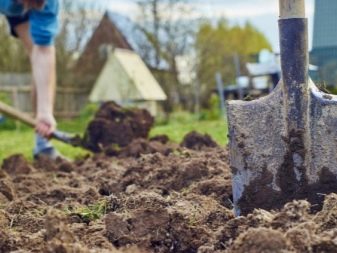

Follow-up care
It is not enough just to plant the onion before winter according to the scheme - you still need to properly care for it. Consider the main points for the subsequent care of plants.
- After about a couple of weeks after planting the vegetables with seeds, the beds should be covered with leaves or peat. You can also use hay.
- There is no need to rush with mulching. In the frosty season, when there is little snow, you need to cover the plants warmer. If the season is warm, then this can be omitted at all.
- For planting to take root, the soil layer should not freeze - this is the main condition.
- Growing winter onions is not particularly difficult. If the weather is dry, the vegetable should be watered. In addition, onions need to be fertilized, weeded and thinned out, if necessary.
- As soon as winter is over, the planting must be opened in time so that the onion does not begin to rot under the covering material.

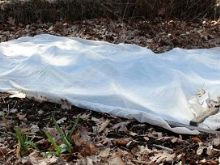
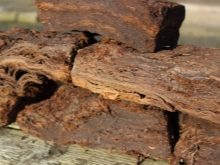













The comment was sent successfully.